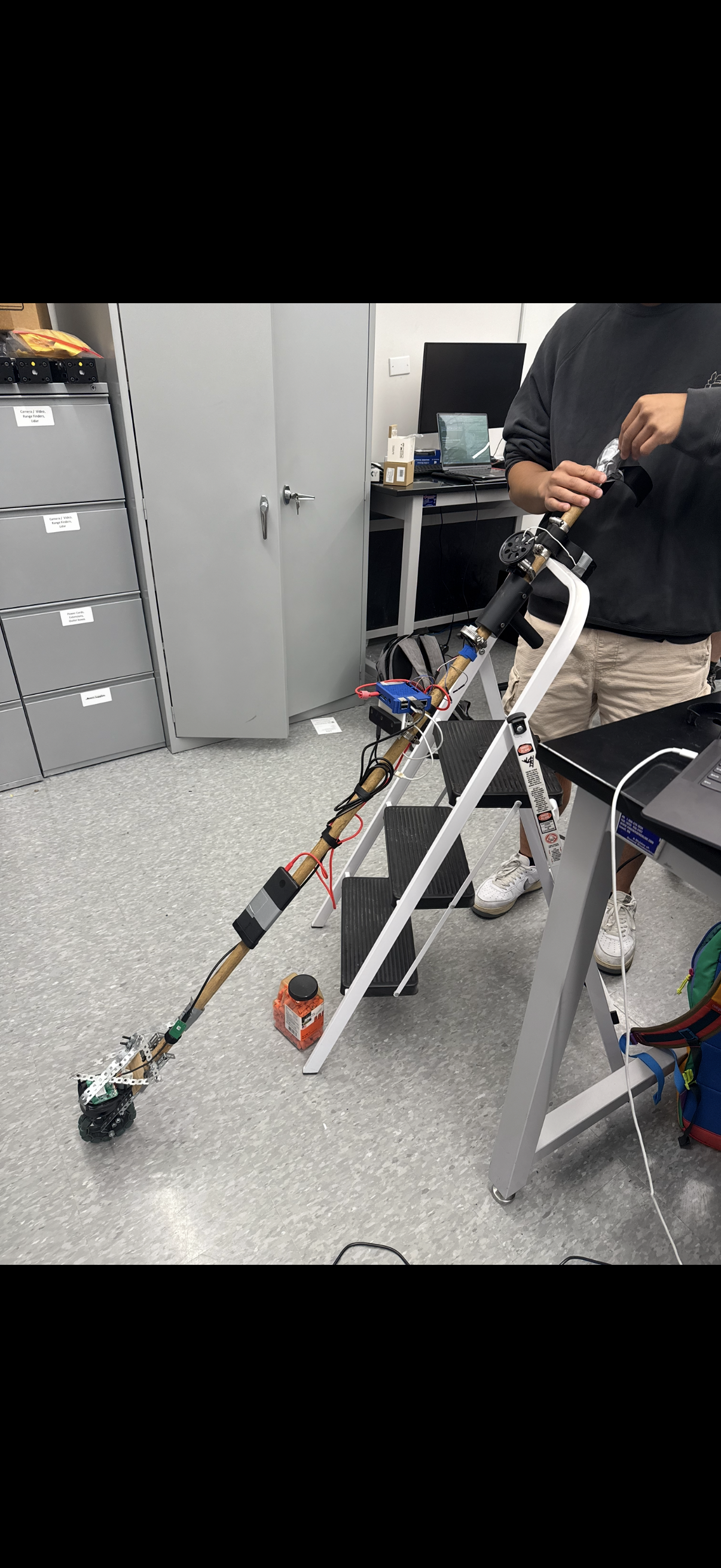The smart cane prototype was successfully developed and presented to the class as part of
LSU's Assistive Robotics Course. The project demonstrated effective integration of multiple
sensor technologies and received positive feedback for its innovative approach to assistive
technology design.
Key achievements included successful obstacle detection within the optimized 1.5m range,
functional car detection using YOLO neural networks, and intuitive haptic feedback through
the moveable sleeve mechanism. The project showcased practical applications of machine learning
in accessibility technology, combining computer vision, LiDAR sensing, and haptic feedback
to create a more comprehensive navigation aid.
The dual-sensor approach addressed both immediate obstacle detection and broader environmental
awareness, providing users with enhanced confidence and safety during navigation. This work
contributes to the growing field of assistive robotics and demonstrates the importance of
user-centered design in accessibility technology.
